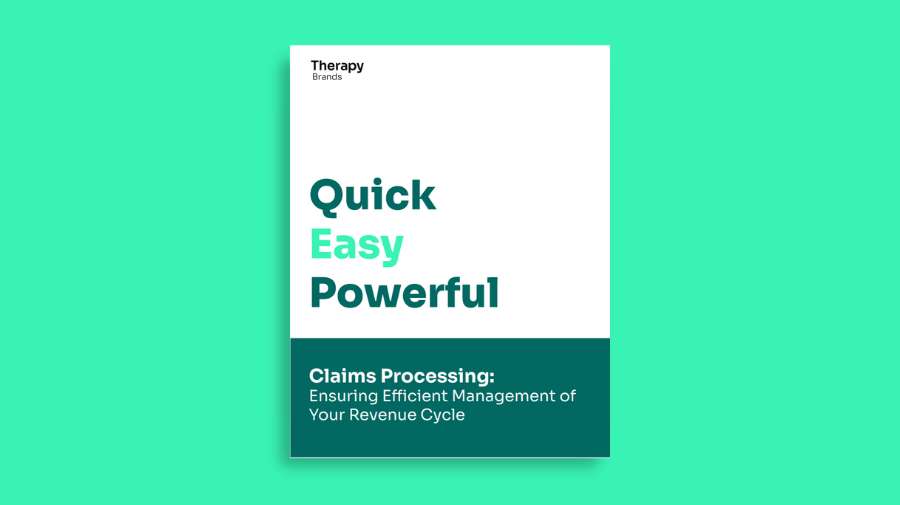Your behavioral health revenue cycle is the lifeblood of your organization. It is what decides how well you are doing, what direction your practice is growing in, and what sustains your business. While the central focus of any behavioral health organization is to provide top-of-the-line care to their clients and patients, they won’t be able to do that for very long if their revenue cycle is in poor condition. From rendering services and filing claims with payers to have a bill paid in full, there are a million little steps along the way that need attention. Payer requirements, billing codes, accounts receivable, and more each have goals that exist behind the scenes that measure the health of your revenue cycle.
Depending on the context, these goals are called Key Performance Indicators (KPIs) or Metrics (KPMs). When they are not met, a behavioral health biller’s revenue cycle health suffers.
What is a KPI?
Key Performance Indicators are financial measurements that organizations use to gauge the status of their RCM performance. Providers can track their KPIs to understand where improvements need to be made so they can succeed.
6 Important Behavioral Health Billing Metrics and KPIs:
- Cash as a percentage of net revenue – there are different ways to look at net income: the formula gross charges – adjustments = net revenue. The goal is to aim for a cash percentage of 95% of an organization’s net revenue. Behavioral health billing metric measures an organization’s ability to translate its net percentage of client services into revenue.
- Days in A/R – the average number of days it takes for a behavioral health organization to get paid should stay below 90 days, ideally below 60 days. Somewhere between 30-40 days is the best outcome.
- Accounts Receivable (A/R) over 90 days old – this will vary by payer class. The goal is to stay below 20% of all A/R
- Cost to Collect (all functions related to RCM) – the bigger the organization, the more costs. This includes labor costs, technology costs, clearinghouse costs, rework costs, and more. The goal should be to keep the cost to collect under 10% of your total revenue.
- Billing Accuracy (clean claim rate) – an organization’s clean claim rate should remain above 98%.
- Denial Rate – how many claims were denied by the payer? Keeping that number lower than 5% of claims is ideal.
- There are dozens of other behavioral health billing metrics to monitor, from cash receipts to resolve rates. These are just 6 of the most relevant metrics that apply to your revenue cycle.
How Often Should Your Organization Check KPIs?

The frequency at which an organization should monitor its KPIs varies depending on the metric. Certain KPIs should be checked daily or weekly. At the very minimum, Key Performance Metrics should be calculated once a month, although several should be monitored in 90-day periods.
While that may sound confusing, it applies to which behavioral health billing metric you’re looking at. If you’re looking at the denial rate, it’s fine to look at it on a monthly basis and track that number month to month to monitor its developments. For measuring revenue, providers should look at that particular moment in time and extend their view to the prior 90-120 days for a complete picture. If you’re looking at cash receipts, you could monitor that on a daily basis.
The key to tracking and monitoring behavioral health billing KPIs is to utilize quality billing software.
How Software Can Help Providers Set, Calculate, & Monitor Behavioral Health KPIs
Behavioral health billing software can empower providers to streamline their claims process, accept client payments, adhere to payer requirements, and so much more. The benefits don’t have to end there. Providers need to implement billing technology that helps them perfect their revenue cycle from start to finish. It should provide help with coding accuracy, invoicing, timely submission, and more. One of the most important features that your mental health billing software should offer is digitally tracking behavioral health billing metrics and KPIs.
Software should make it easy to set, calculate, and monitor KPIs through an easy-to-use and understand interface. With this, providers can have a birds-eye view into their revenue cycle to see where they are succeeding as well as where improvements still need to be made. A tool like this can help tackle billing KPIs and grow your organization.

To learn more about behavioral health billing software that can make a difference to your claims process schedule a consultation now to learn more about how your facility can maximize reimbursements.
To learn more about claims processing workflows, revenue cycle management, and more download our free white paper below.

